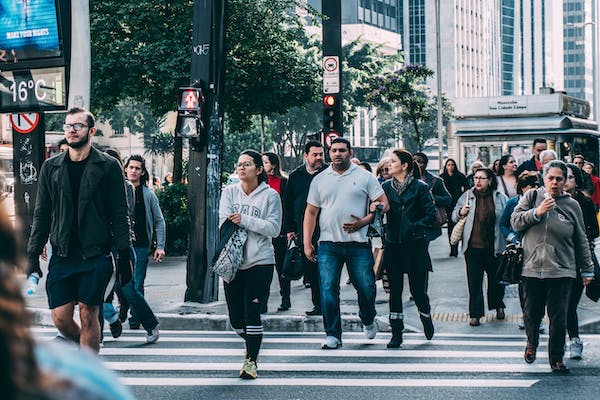Walking Safely: How to Handle Pedestrian Accidents in Connecticut

Walking through the streets and pathways of Connecticut offers a blend of scenic beauty and bustling urban landscapes. However, with this comes the responsibility of ensuring safety as a pedestrian. This article delves into the essential practices and legal aspects of pedestrian safety in Connecticut. It highlights effective measures for minimizing risks, navigating traffic environments, and understanding the crucial role of legal assistance in pedestrian-related accidents.

Role of Connecticut Pedestrian Accidents Lawyer
After a pedestrian accident, the expertise of a Connecticut pedestrian accidents lawyer can be crucial in navigating the complex legal landscape. They can guide victims through the process of filing a claim, dealing with police reports, and understanding their legal rights. Moreover, these lawyers can be instrumental in negotiating with insurance companies to ensure victims receive the compensation they deserve, taking into account medical expenses, lost wages, and emotional distress.
Pedestrian Safety Measures
In Connecticut, pedestrian safety is paramount. Walking on sidewalks and crosswalks whenever possible is a crucial safety measure. Pedestrians must adhere to traffic laws, including obeying traffic lights and walk signals. Awareness is key, especially around large vehicles like trucks and buses, which have blind spots and might unexpectedly encroach onto sidewalks.
In urban settings, the risks are compounded by higher traffic density and frequent intersections. Rural areas, while seemingly safer, often lack proper sidewalks and crosswalks, requiring extra caution. Additionally, pedestrians should be particularly cautious of electric or hybrid vehicles, which are much quieter and can be harder to notice.
Visibility and Caution
Pedestrians should aim to be visible. Wearing bright or reflective clothing and carrying a flashlight at night are recommended practices. Being cautious at intersections and understanding that vehicles, particularly larger ones, need more space to stop, can prevent accidents.
Weather conditions greatly impact pedestrian safety. Fog, heavy rain, or snow can severely limit visibility, making it critical for pedestrians to wear reflective or brightly colored clothing. Also, in today’s digital age, pedestrians should be mindful of the dangers of distraction, such as using smartphones while walking. Apps and gadgets designed to enhance pedestrian safety, like reflective gear or lights, are highly recommended for better visibility, especially during night or in adverse weather conditions.
Understanding ‘No-Zones’
Pedestrian safety is not just about being visible but also understanding and respecting vehicle ‘No-Zones’. Distractions like texting can lead pedestrians into these dangerous blind spots. To combat this, education about the risks of ‘No-Zones’, especially for children and young adults, is crucial. Additionally, city planning can play a significant role in mitigating these risks by designing pedestrian-friendly zones with clear signage and barriers in high-traffic areas.
Enhancing Pedestrian Responsibilities
It is crucial for pedestrians in Connecticut to understand their role in maintaining safety. Active engagement in safety practices, such as consistently using designated crosswalks and staying alert in areas with limited visibility, is key. Pedestrians should also be aware of the impact of their actions on traffic flow and vehicle behavior, especially in congested urban areas where sudden pedestrian movements can lead to dangerous situations.
Community Involvement and Pedestrian Advocacy
Community involvement plays a vital role in enhancing pedestrian safety. Participating in local safety campaigns, advocating for better pedestrian infrastructure, and educating others about pedestrian rights and responsibilities can lead to safer walking environments. Pedestrians can also benefit from joining or forming local advocacy groups that work with city planners and policymakers to improve pedestrian pathways, lighting, and safety measures in high-risk areas.
Conclusion
This guide offers crucial advice for pedestrians in Connecticut, emphasizing safety, visibility, and legal rights. Understanding these aspects can significantly reduce the risk of accidents and ensure appropriate measures are taken if an accident occurs.
Whether it’s maneuvering through ‘No-Zones’ around vehicles or dealing with the aftermath of an accident, being informed and prepared is key. In instances where accidents occur, the support of a specialized lawyer becomes invaluable in safeguarding rights and securing deserved compensation. This guide serves as a comprehensive resource for pedestrians in Connecticut to navigate their paths safely and confidently.


